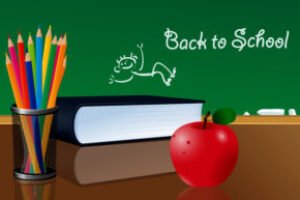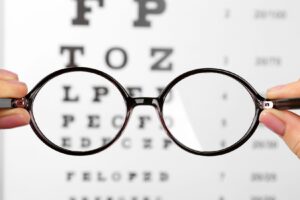Assigning one-to-one (1:1) paraeducators (paraprofessionals, aides) has become an increasingly common response to support students with intellectual, and a range of other developmental disabilities (e.g., autism, orthopedic impairments, multiple disabilities, etc.) in the classroom, school environment, and the community. The most common reason is for behaviors. Defined, a one-to-one is an individual whose entire focus is the one student he/she is assigned to. The 1:1 assist in meeting the student’s needs in order for the student to be involved in and progress in his/her educational program. That focus begins the minute the student gets off the bus in the morning at school and ends the minute that student is placed on the bus in the afternoon. Some one-to-ones even ride the bus with the student to and from school. Although the idea behind a one-to-one is great, I have to ask… “As a field, might we be wrong?” My answer is absolutely yes! Here are seven reasons why!
First, and foremost, one-to-ones increases dependence. Students become dependent on the one-to-ones and lose their ability to independently function throughout the school day. They learn to rely on the one-to-one’s direction, prompting, and cueing before engaging and/or participating. Some students become so dependent on the one-to-one that they will not listen to, respond to, or obey anybody else. As a result, the student makes little progress in independently accessing his or her educational program, and little progress towards decreasing behaviors. After all, if the student behaves for only the one-to-one, has the behaviors truly improved? Even worse, is when these behaviors transfer to the student’s home environment. And, yes, that has happened!
Reason number two… clouded roles. The teacher and other para-educator’s roles become clouded, often leading to less or no teacher/paraeducator involvement with the student who has a one-to-one. It becomes too easy for the teacher and other para-educators to work with the other students when they know the one-to-one student already has individual attention. Believe it or not, that also leads to low engagement from the one-to-one as well. One study published in the Teacher Education and Special Education journal actually showed that one-to-one engagement with his/her student in instruction and/or support (57%) fell far below that of the teacher (98%) and other paraeducators (91%) in instruction and/or support with the rest of the students.
Reason number three…who is the “expert”. Only the one-to-one becomes the “expert” in understanding the student’s needs. Only the one-to-one learns how to deal with the student, learns his/her behaviors, and how to handle them. Only the one-to-one understands what sets the student off, what calms the student down, etc. And what happens when the one-to-one is absent from the classroom? Chaos!!!
Reason number four… independent learner. One-to-ones affects a student’s ability to become an independent learner because the student and one-to-one do most everything together.
Reason number five… loss of appropriate social skills. One-to-ones decreases a student’s ability to acquire appropriate social skills because their social interactions are very often limited to the one-to-one. Peers tend to avoid the student due to the close proximity of the one-to-one.
Reason number six… natural supports. One-to-ones interfere with natural supports. As a result, students never learn how to rely on them. Natural supports being family, friends, a group, club, and community. I will also add the natural support strategies we teach our students to cope, i.e., covering their ears to sounds that bother them, etc.
Reason number seven… fading prompts. One-to-ones were never meant to be permanent fixtures for our students, yet somehow, they have become exactly that. A goal for all students with disabilities is to promote and maximize independence and one-to-ones do not afford students the opportunity to do that. Especially when a prompt fading program was never put in place from the beginning, or never implemented appropriately.
We have to change the perception of one-to-ones and start calling them additional support in the classroom, which means everybody in the classroom has to work with the student. Everybody in the classroom should become the “expert” in understanding the student’s behaviors, needs, and how to work with him/her. Using one-to-ones to support individual students can do more harm than good. Recent studies have linked excessive or unnecessary one-to-one proximity to inadvertent detrimental effects to the student. It’s time to put policies and practices into effect that are responsible and effective ways to provide support for our students with disabilities.
Before asking for a one-to-one for a student you have, make sure you have done everything else (refer to resource number 2) first. If one is still needed, look at bringing in another paraeducator for support, not as a one-to-one, but as an additional support in the classroom. As the writers so eloquently put it in their summary, “in an era of increasing utilization of one-to-one assistants, there is an underlying assumption that expanding their use is necessary and desirable. The lack of engagement in our study raises concerns about the effectiveness of current models and may be symptomatic of broader challenges related to the delivery of special education services.”
Resources
1. How To Develop Natural Supports Here
2. One-To-One Guidelines Here
3. One-To-One Assistant Engagement Here



